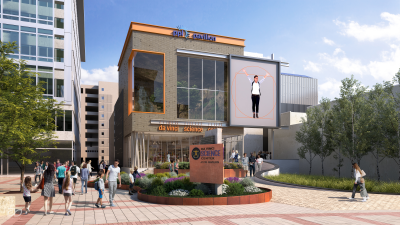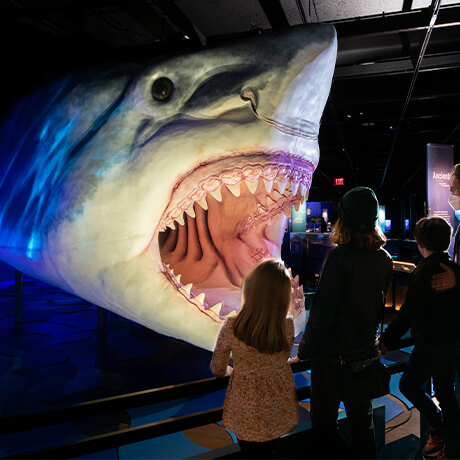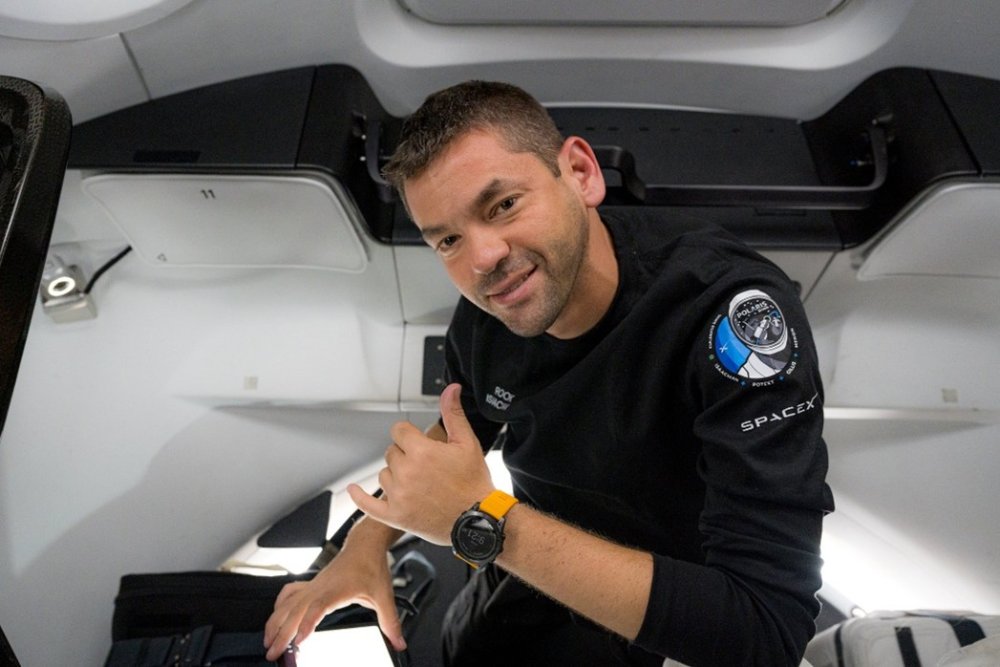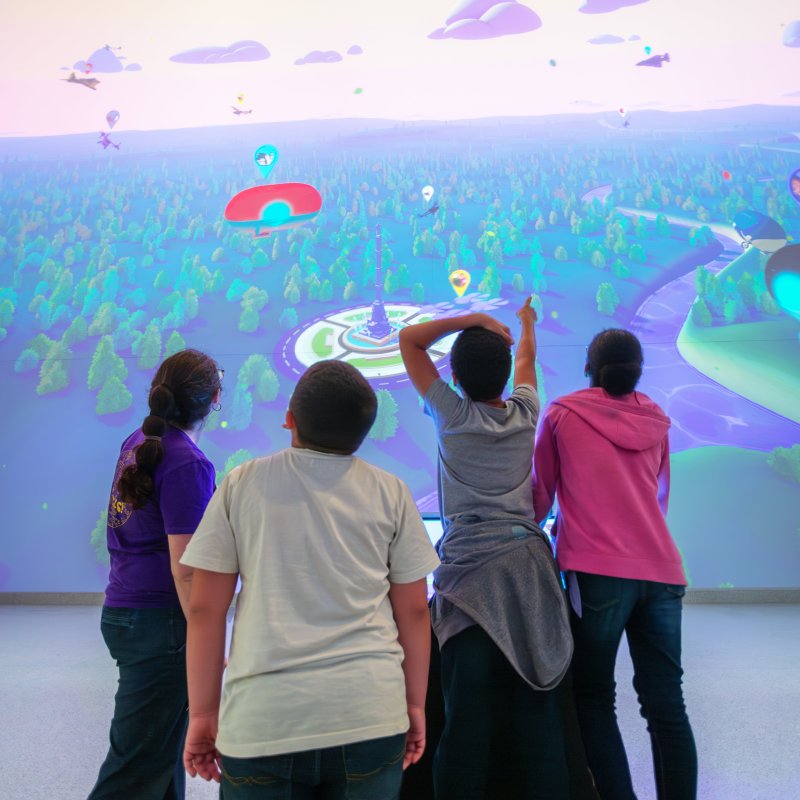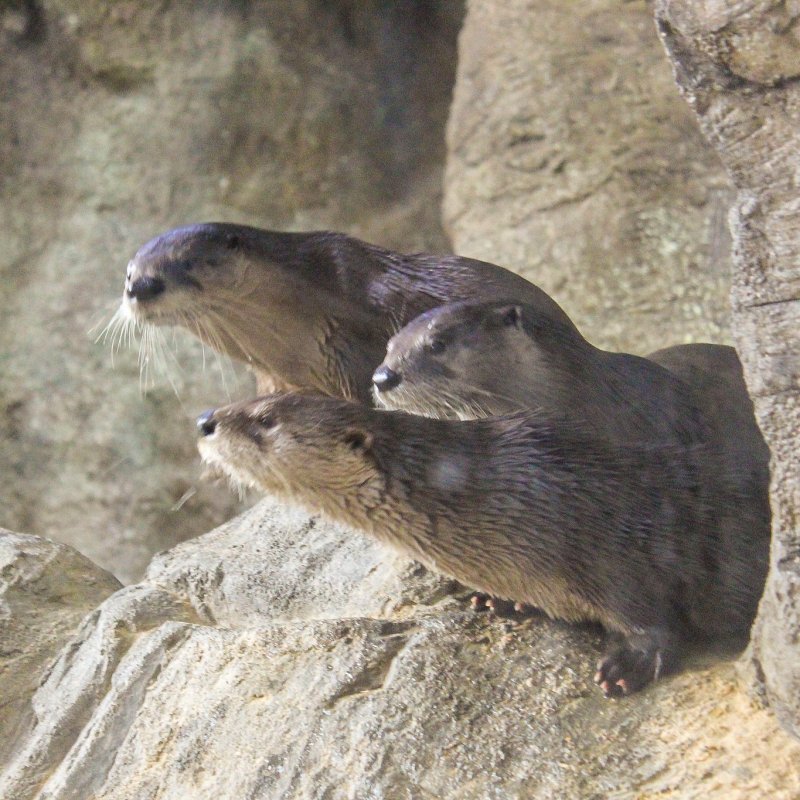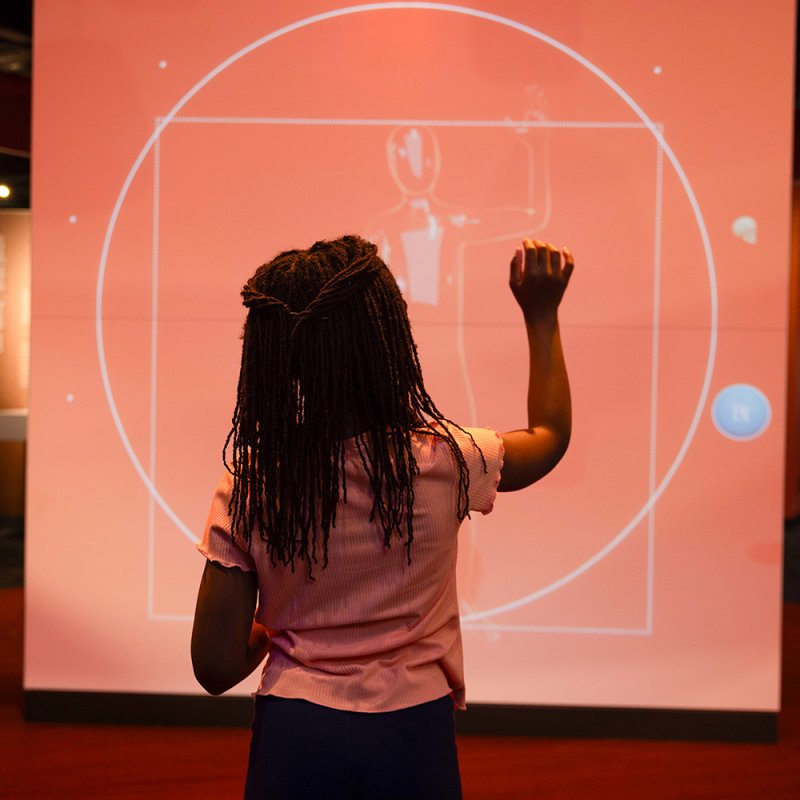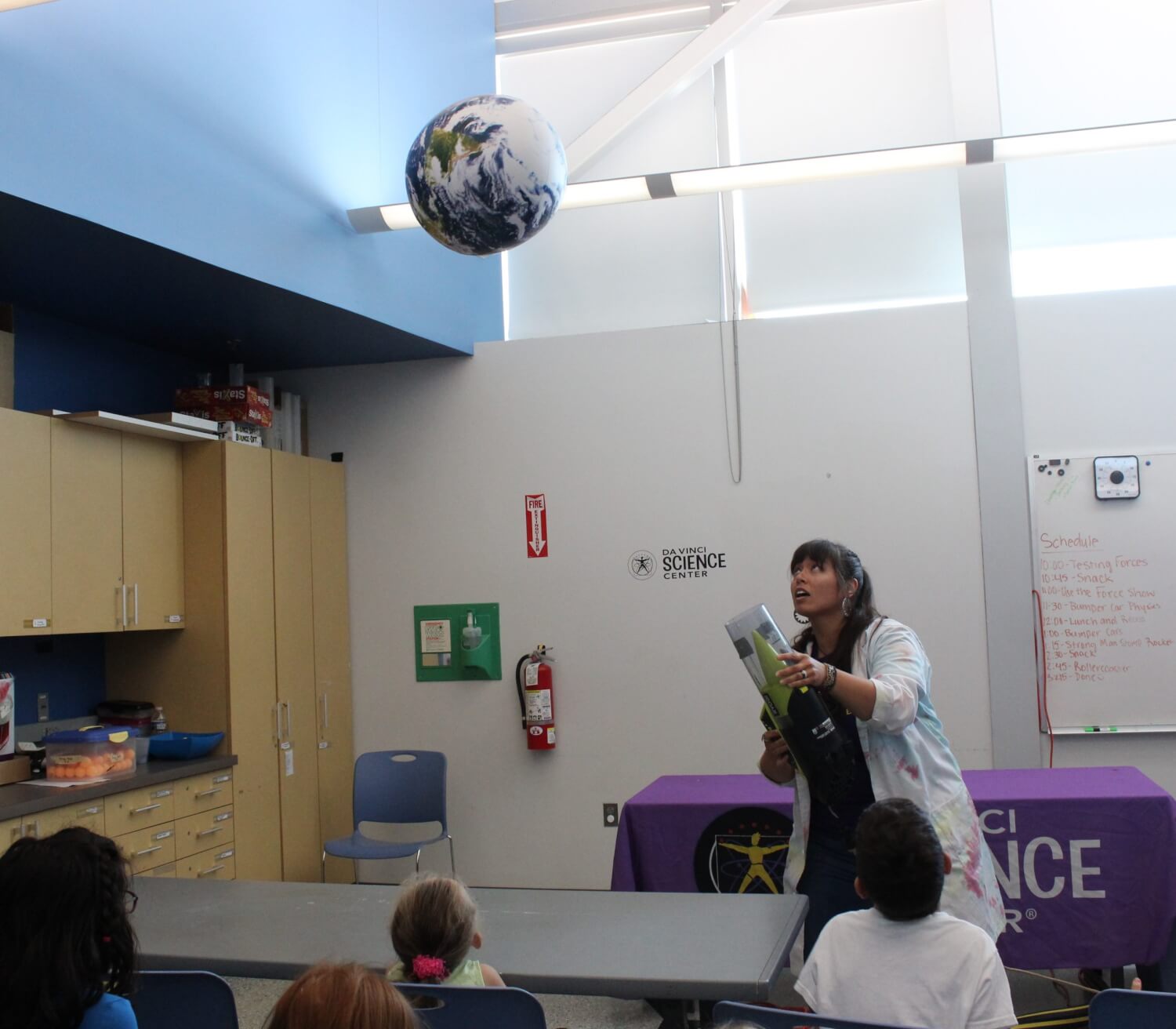
Rhonda Tomel (she/her), STEAM Education Manager at Da Vinci Science Center, began her career as an art museum educator and her career path was one that naturally integrated Science, Technology, Engineering, the Arts, and Math (or STEAM) before STEAM was a widely used educational approach.
Q: Tell us a little bit about your career path and how it led you to Da Vinci Science Center.
RT: I began my career as an art museum educator and coordinator, moving on to teach K-12 art in public schools after about 2 years. I then spent about a decade, on and off in various settings, teaching art, mechanical drawing, and computer-aided design. I was most recently working as a high school art and technology teacher when I realized that I was ready to grow in a different direction and in a way that more fully aligned to my long-held interest in STEAM learning. Da Vinci Science Center felt like the perfect place for me to do this, not only because of our focus on STEAM education, but also because of its dedication to diversity, equity, inclusion, and access (DEIA).
Q: Why is the organization’s dedication to DEIA important to you?
RT: I have spent most of my personal life and career without peers or role models of color. I was also raised by working class parents and was the first member of my immediate family to earn a bachelor’s degree. Da Vinci Science Center’s DEIA initiative is personally meaningful for me, because without avenues for working class youths and youths of color to see themselves represented in leadership roles and career pathways, they have lower likelihood to pursue those options on their own. I pursued a career in art education because I had a strong role model in that subject area, but I pushed forward in that direction blindly, without much guidance and a great deal of reluctance from my parents who were concerned that I would not succeed. I also had no way to fund my education until I landed a merit-based scholarship by chance. I was in the right place at the right time at a college recruitment event when I was approached by an admissions officer who realized that my credentials surpassed the requirements for the scholarship he was empowered to offer. If those circumstances had lined up any differently for me, I would have been less likely to have finished college or to have cultivated the career that I have now, as a result of my limited resources.
As I earned my master’s degree years later, I became deeply interested in the ways that identity impacts the educational experience, for both students and teachers, and I eventually wrote my thesis on that topic. In recent years, I have also served as a panel discussion member and research subject on DEIA topics for the Pennsylvania Art Education Association. Da Vinci Science Center’s dedication to DEIA hits home for me, because it serves children and families that have similar life experiences to my own, ensuring that all are truly able to access what this place has to offer the world.
Q: What is your typical workday like?
RT: My workday can vary, depending on scheduled programming and group visits. Most often, my day begins with the Museum Operations morning meeting, where our staff is briefed on the schedule for the day and organization-wide announcements. On a day when there is a high volume of expected guests, I work with the rest of the Museum Operations team to welcome those guests into the science center and to ensure their visit is the best it can possibly be. On a day when there is a scheduled reserved program, I work with a smaller team that usually includes a coordinator and STEAM Educators to ensure they are prepared for program delivery. On any given day, I may step in to teach or lead a guest experience, and I spend most other days working with coordinators to plan and develop upcoming reserved programs.
Q: What inspires you?
RT: Curiosity and play are at the heart of every inspiration I’ve had. I’m always asking, “what if?” and reframing or re-contextualizing situations, phenomena, and observations to find broader meaning. Art is all about the human experience when you boil it down to its essence, and when you think about the world through that lens, inspiration can strike at any moment.
Q: What do you like to do when you are off the clock?
RT: I like to cook, draw, and explore nature. I really enjoy hiking, though I don’t make my way to the trail as often as I’d like. In the summer, you can usually find me poking around in my gardens or tending to my houseplants.
Q: Tell us something about yourself that people are often surprised to learn.
RT: When people learn that I come from an art education background, there are several misconceptions they often have about my skills and experiences. I’ve gotten many questions over the years about being a painter and about whether I take mural commissions (I CAN paint, but my areas of art expertise are in pottery, fine metals, and three-dimensional design). Other times, people assume that I must be an art historian or conservator, not realizing that art education is its own discipline.
Also at play is the novelty of meeting a teacher that’s published their ideas in peer-reviewed writing. Outside of my colleagues and mentors in academia, I know very few classroom educators who have also been published and even fewer school administrators who can include publishing among their professional achievements. The articles I’ve written are about best practices in teaching art in K-12 settings.
